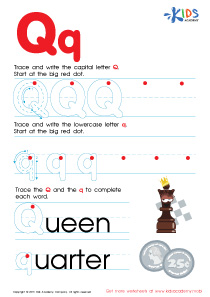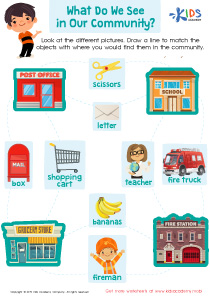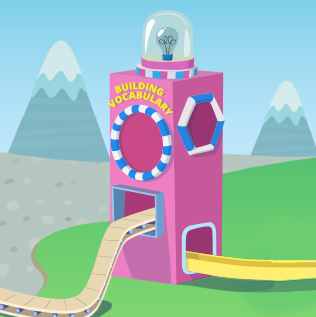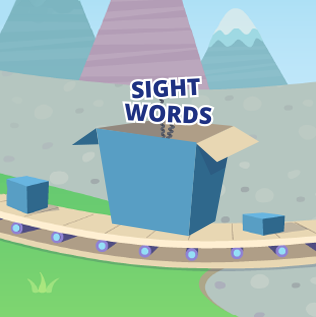English Language Arts Lessons | Letters Are Made of Lines and Curves, Grade 3
0 results
Looking for a fun and engaging way to teach your Grade 3 students how to write letters? Our Letters are Made of Lines and Curves lessons are just what you need! With interactive worksheets, educational videos, and assessment quizzes, our lessons are designed to help kids understand the shapes and strokes that make up letters, and how to write them correctly. Whether teaching in a classroom or homeschooling, these lessons provide a comprehensive learning experience for students. So why wait? Sign up now and give your students the tools they need to become confident writers!
The Letters are Made of Lines and Curves Lessons are designed to help children in Grade 3 learn how to write and recognize letters, and also understand the structure of the English alphabet. These lessons are very helpful in developing good writing and reading skills in children.
The lessons consist of interactive worksheets, which allow children to learn by doing. They get the opportunity to practice writing letters and recognizing them. The worksheets are designed to encourage children to think creatively and independently. The worksheets are also accompanied by educational videos that help children to understand the concept of Lines and Curves in a fun and interactive manner. Moreover, assessment quizzes help children to track their progress and identify areas that need improvement.
These lessons are useful for children in many ways. First, they help children to develop fine motor skills, which are necessary for good handwriting. Writing involves the use of small muscles in the hand, fingers, and wrist. Consistent practice of writing letters helps children to improve their grip and control over the writing tool, and also improves their hand-eye coordination.
Second, these lessons are important for children’s cognitive development. Writing and reading involves the use of the brain's memory and visual centers. Consistent practice of writing and recognizing letters helps children to improve their memory, visual perception, and attention span. These skills are important for their academic development as well as their overall success in life.
Third, these lessons help children to communicate more effectively. Writing and reading are fundamental communication skills that are important in daily life. For example, being able to read and write emails, text messages, and other forms of written communication is essential in the modern digital age. Children who master these skills at an early age have an advantage over their peers who are struggling with these skills.
Finally, these lessons are important for promoting self-confidence and self-esteem in children. Being able to write and read well is a source of pride and accomplishment for children. It also helps them to feel confident in their abilities, which translates into improved academic performance and better social interactions.
In conclusion, the Letters are Made of Lines and Curves Lessons are an excellent resource for children in Grade 3 who want to improve their writing and reading skills. The interactive worksheets, educational videos, and assessment quizzes all work together to provide a comprehensive and fun learning experience. The benefits of these lessons go beyond just writing and reading, they also help children to develop cognitive skills, communication skills, and boost their self-confidence.

















